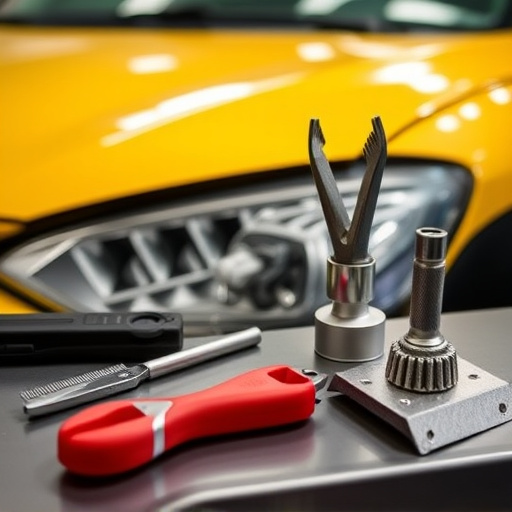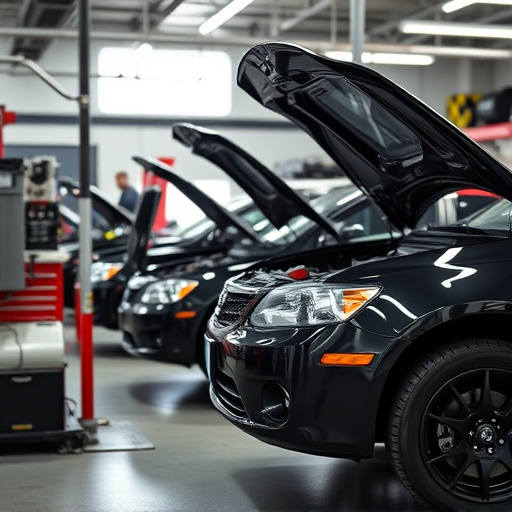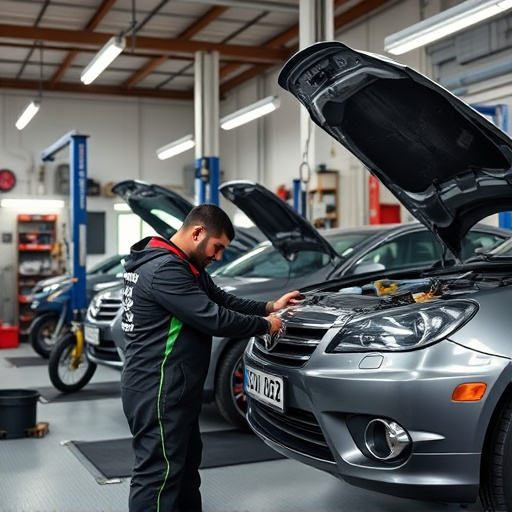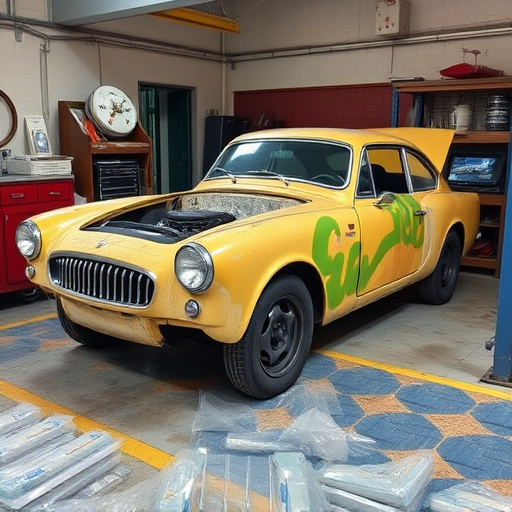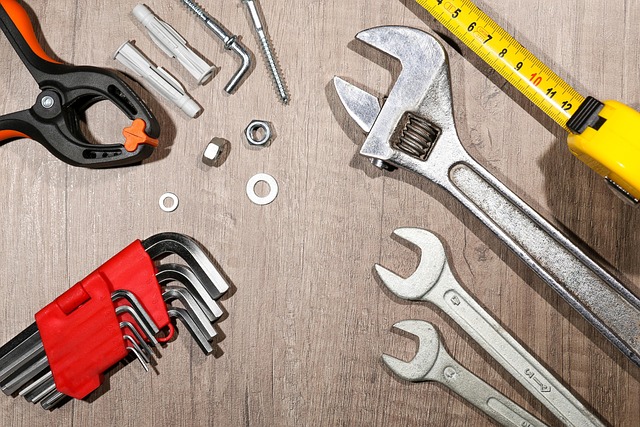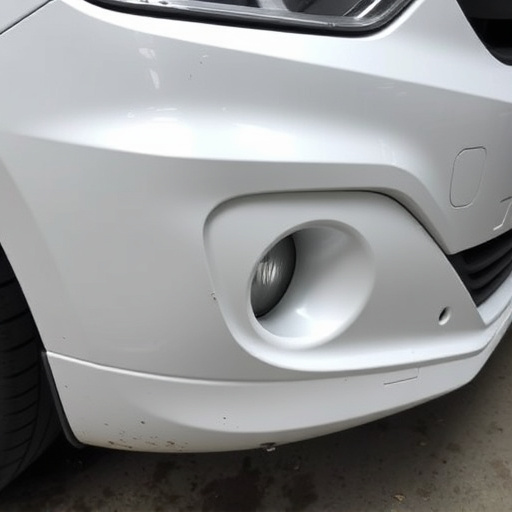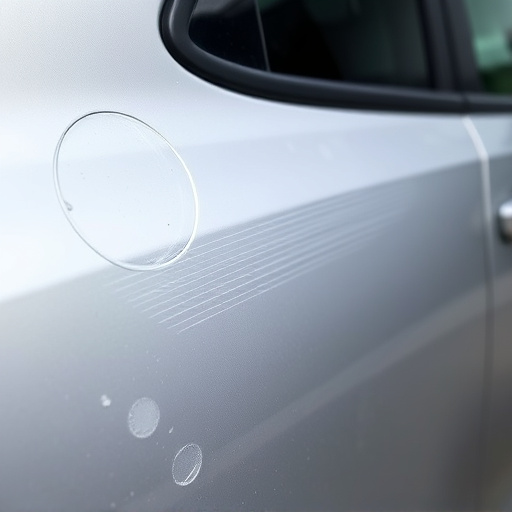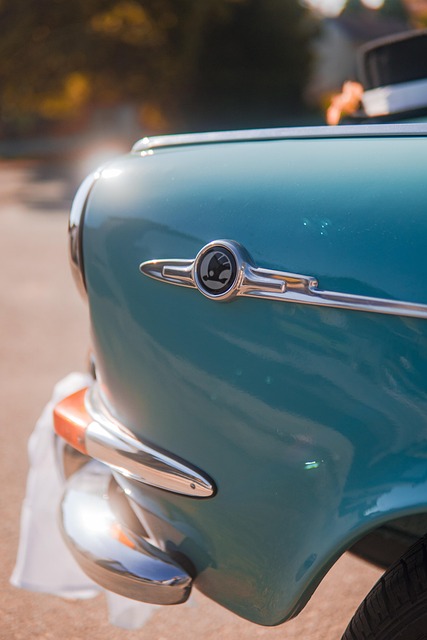Collision repair consultation involves matching OEM (Original Equipment Manufacturer) parts for top-quality restoration. Skilled technicians use digital tools and supplier relationships to verify part compatibility with vehicle specifications, ensuring visual and technical integrity. Efficient inventory management systems streamline the process, guaranteeing precise, reliable, and customer-satisfactory repairs.
In the intricate world of collision repair, ensuring part compatibility is paramount to achieving flawless results. This comprehensive guide delves into the critical aspect of Original Equipment Manufacturer (OEM) part compatibility checks. We explore why consultation is an indispensable step in the repair process, highlighting its role in maintaining vehicle integrity and performance. Discover effective strategies for efficient OEM part verification, empowering collision repair professionals to make informed decisions and deliver superior craftsmanship.
- Understanding OEM Parts in Collision Repair
- The Role of Consultation in Ensuring Compatibility
- Strategies for Efficient OEM Part Verification
Understanding OEM Parts in Collision Repair

In collision repair, Original Equipment Manufacturer (OEM) parts are a critical component of ensuring top-quality car body restoration. These genuine parts, directly sourced from the vehicle’s manufacturer, are designed to perfectly match both the form and function of the original components. Using OEM parts in collision repair services guarantees that the repaired vehicle retains its original design, safety standards, and performance. This is particularly important for maintaining the overall integrity of the car’s structure and ensuring a flawless finish.
During a collision repair consultation, understanding OEM parts becomes paramount. Skilled technicians consider not only the visual aspects but also the intricate technical details to accurately match replacement parts with the vehicle’s specifications. This meticulous approach goes beyond simple scratch repair; it involves addressing complex systems and ensuring seamless integration for a reliable and safe driving experience. By prioritizing OEM parts in their car repair services, collision repair shops deliver superior craftsmanship that stands the test of time.
The Role of Consultation in Ensuring Compatibility

In the intricate world of collision repair, consultation plays a pivotal role in ensuring the seamless integration of replacement parts. A well-informed consultation process is the cornerstone for achieving optimal vehicle restoration, be it a classic Mercedes-Benz repair or any other make and model. Auto repair shops that prioritize this step understand the importance of part compatibility, which directly impacts the overall quality and safety of the repair work.
Consultation involves a thorough analysis of various factors, including vehicle specifications, original equipment manufacturer (OEM) recommendations, and the unique requirements of each auto repair project. It’s during this phase that skilled technicians can identify potential issues and ensure that every component, from body panels to interior trim, is compatible with the specific vehicle model. This meticulous approach not only guarantees a precise fit but also guarantees the longevity and reliability of the collision repair work in an auto shop, ultimately delivering a superior vehicle restoration experience for every client.
Strategies for Efficient OEM Part Verification

In the realm of collision repair consultation, efficient OEM (Original Equipment Manufacturer) part verification is paramount. One effective strategy involves utilizing advanced digital tools that allow for real-time cross-referencing of parts with manufacturer databases. This ensures not only authenticity but also compatibility with the specific vehicle make and model. Additionally, establishing robust relationships with trusted suppliers known for their genuine OEM parts streamlines the process, minimizing delays and enhancing overall efficiency in vehicle paint repair.
Another crucial method is maintaining an up-to-date inventory management system that tracks part numbers, stock levels, and warranty information. This system enables technicians to quickly verify availability and compatibility during car repair services, ensuring that restoration efforts are not hindered. By implementing these strategies, collision repair consultation businesses can deliver high-quality vehicle restoration services with a focus on precision and customer satisfaction.
Collision repair consultation plays a pivotal role in ensuring that replacement parts are not just functional but also compatible with the original equipment manufacturer (OEM) standards. By understanding the importance of OEM parts and employing strategies for efficient verification, collision repair shops can deliver high-quality repairs that match the vehicle’s original performance. This approach not only ensures customer satisfaction but also maintains the integrity of the vehicle’s design and safety features.





